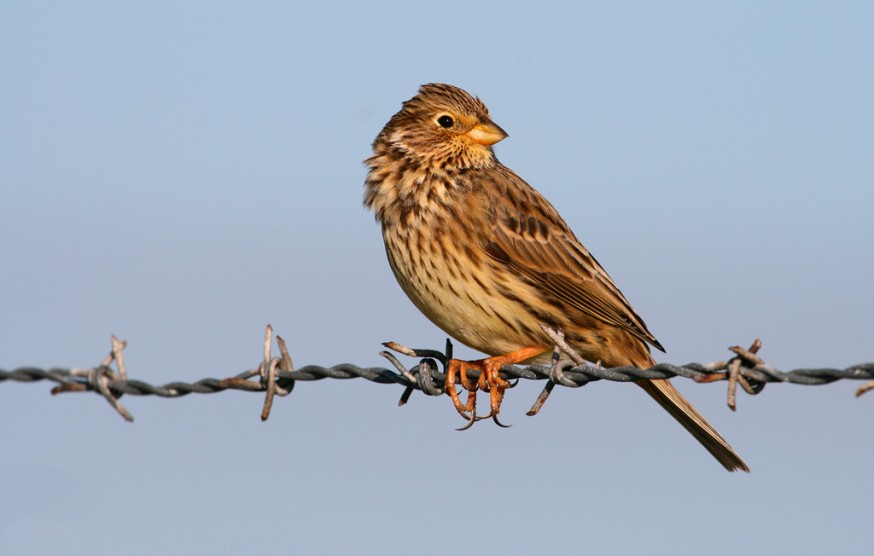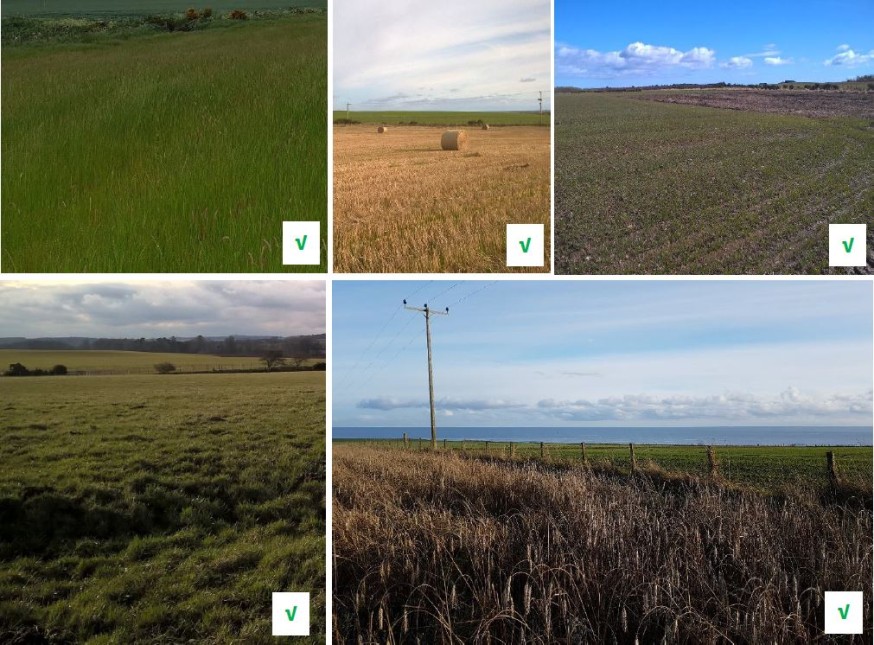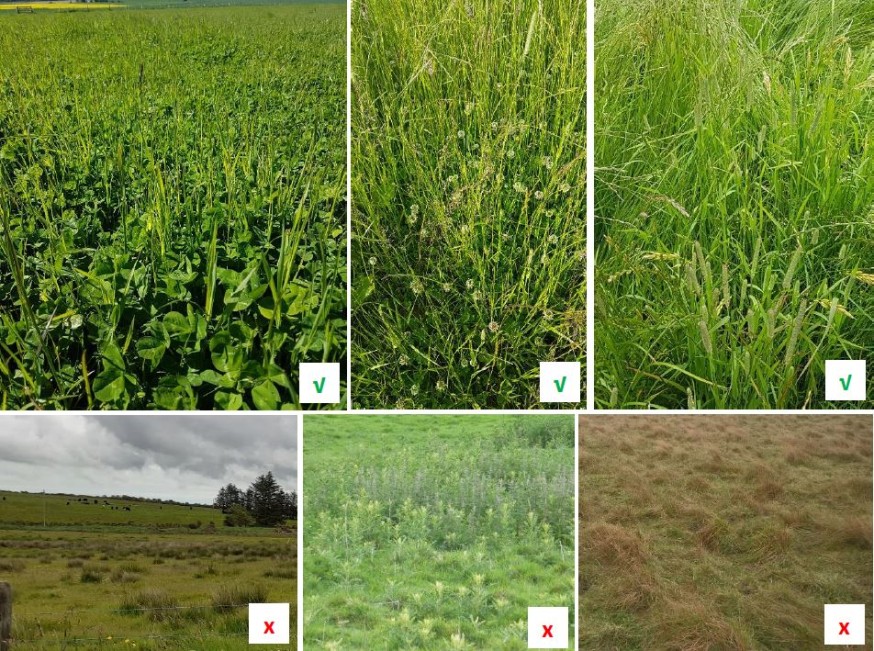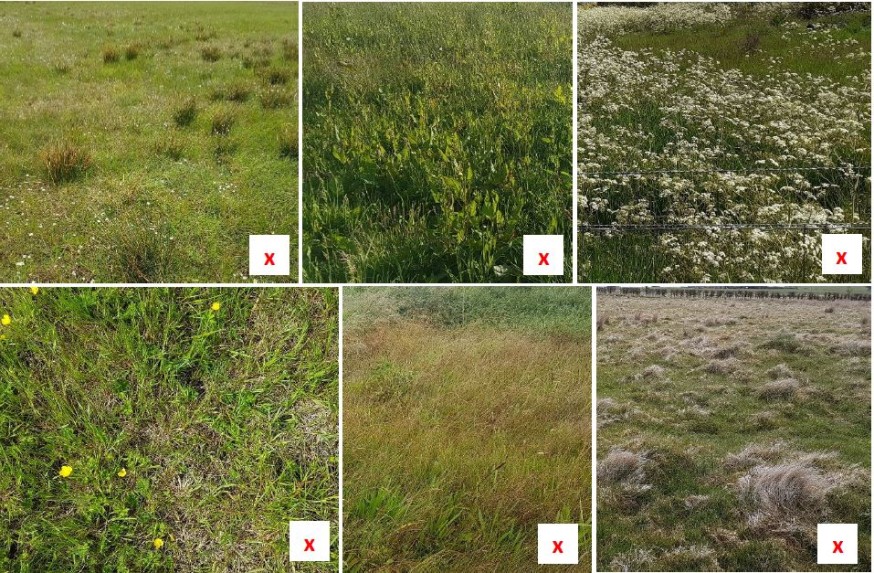Supporting guidance for Corn Buntings Mown Grassland
Date published: 24 January, 2023
To see recent changes to this guidance, check the bottom of this page.
Introduction

To survive and breed successfully, corn buntings need:
- safe nesting habitat within crops
- insect food for adults and young
- overwinter food and cover
The Corn Buntings Mown Grassland option aims to provide safe nesting areas for corn buntings by preventing nest destruction due to early mowing in grass silage or hay fields.
Only fields that are to be mowed for hay or silage (e.g. dominated by ryegrass and/ or clovers) should be entered into this option. If the fields chosen are temporary grassland, they must have been sown with a conventional silage/hay mix.
No wet grassland fields or fields dominated by rushes should be entered into the option. There must be adequate ground cover for birds to hide their nests by the end of May (dense sward at >20cm). Grasslands dominated by weed species (e.g., thistles, dock, hogweed, etc.) are not suitable for this option.
A strip of grass at least two metres wide must be left uncut around the field boundaries and this must then be grazed down before the next exclusion period. If your land does not have stock fences, you should apply for temporary fencing as part of your application.
Fields must be located in an open landscape well away from woodlands. Woodlands/woodland strips must be at least 100m away from fields chosen for this option.
Please refer to the pictures below.
Examples of correct and incorrect landscape features.


Examples of correct and incorrect sward structure


Corn buntings nest late, laying their first clutches between late May and mid-June, and their second clutches as late as mid-August. Young can be in the nest into September.
Delaying grass harvesting operations will ensure that less nests and chicks are destroyed. Nesting success is greater in grass fields that are harvested after the beginning of August, compared to fields that are mown in June or July.
Where to locate your corn buntings mown grassland
Corn buntings build their nests in dense vegetation on or near to the ground.
This option should be used on grass fields managed for silage or hay that already attract nesting corn buntings. Such fields are likely to be in open landscapes well away from woodlands, but where overhead wires or scattered trees or bushes provide song-posts for territorial males. Corn buntings also favour cereals, so this option will be most effective on mixed farmland.
If waders are breeding in the area consider ceasing field operations before 1 April rather than 1 May to accommodate the wader interests. Waders start nesting early in spring and field operations after 1 April could damage nests.
How to increase the success of this option
Corn buntings will benefit most where you carry out this option with other arable options that provide overwinter seed food and insect food during the summer on the same farm, such as:
What else benefits from this option
As well as corn buntings, delayed mowing is likely to benefit a range of other species including meadow-nesting birds such as skylark and curlew, bumblebees, spiders, beetles, brown hare and other small mammals such as voles.
Further information
The Farmland Bird Lifeline website contains more information about corn bunting conservation in eastern Scotland.
For information on corn bunting conservation in general visit the RSPB advisory pages.
Recent changes
| Section | Change |
|---|---|
| Further requirements | Correction of broken links to the Farmland Bird Lifeline and the RSPB advisory pages. |
Previous versions
Download guidance
Click 'Download this page' to create a printable version of this guidance you can save or print out.
